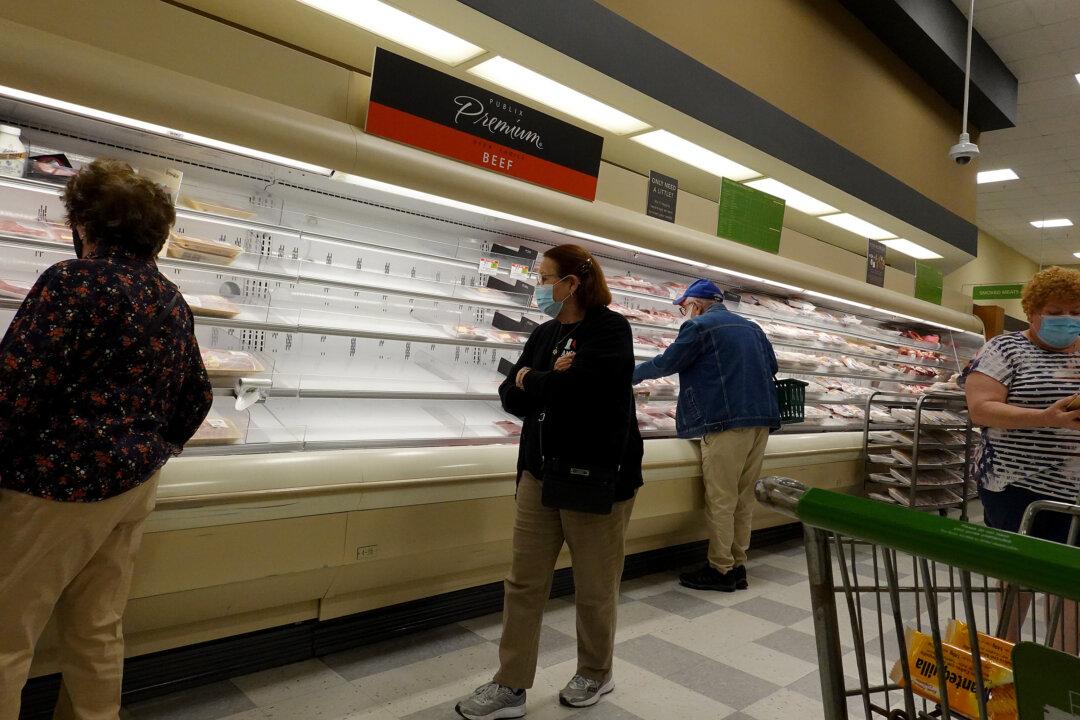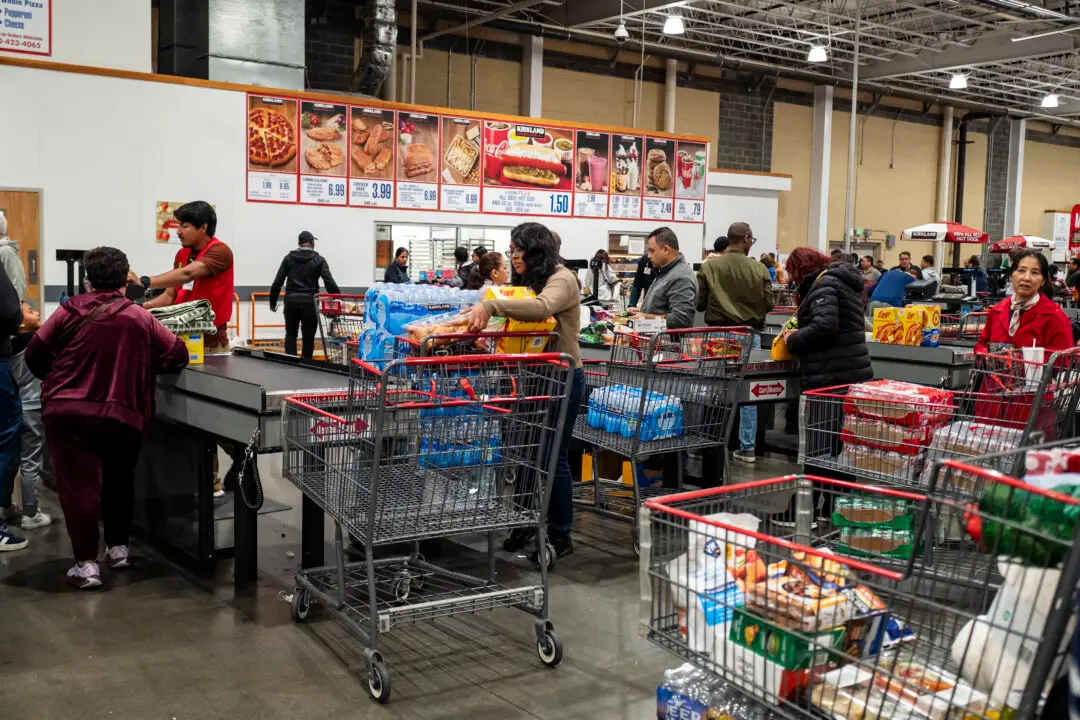The misery index—a formula that combines the annual inflation and unemployment rates—has been elevated since April 2021. The decades-old index aims to measure the level of economic distress felt by average citizens due to joblessness and the rising cost of living.
It could be an effective gauge to determine economic conditions during a recession. The higher the index, the greater the misery felt by everyday people.





